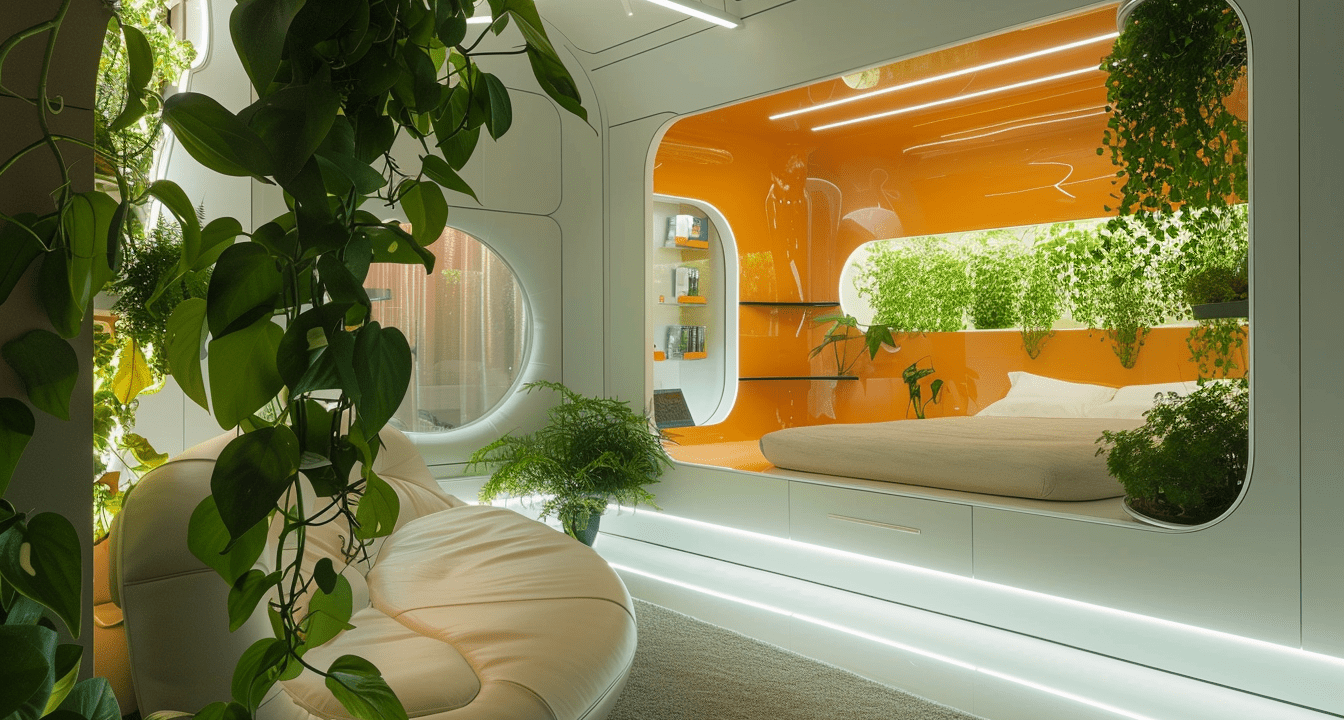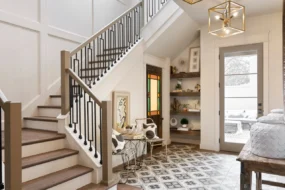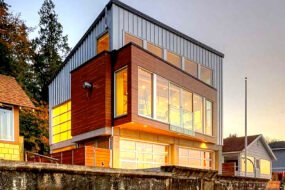
Introduction: The Remodeling Revolution
The home remodeling industry is undergoing a transformation unlike any other in history. What was once dominated by hammers, nails, and blueprints is now being reshaped by artificial intelligence (AI), smart technology, and digital tools that give homeowners more control than ever before.
From AI-powered design assistants that create floor plans in minutes to smart kitchens that can order groceries when supplies run low, technology is making homes not only more beautiful but also more intelligent, sustainable, and efficient.
But how exactly is this technological wave influencing remodeling today? And more importantly, how can homeowners take advantage of it? This article explores the future of remodeling through the lens of AI and smart tech—covering design, construction, sustainability, personalization, and everything in between.
Section 1: AI-Powered Design Tools – Rethinking the Blueprint
Traditionally, home remodeling began with hiring an architect or interior designer who would sketch ideas on paper or CAD software. Today, AI has made it possible for anyone—even homeowners with zero design experience—to create professional-quality layouts.
1. AI Floor Plan Generators
Platforms like Planner 5D, RoomSketcher, and Homestyler use AI to automatically generate floor plans based on user preferences. Want an open-concept living room with modern finishes? AI can instantly suggest layouts, wall placements, and even furniture options.
2. Visualization with AR & VR
Imagine standing in your kitchen and seeing, through AR (augmented reality), how different countertops would look in real time. AI-backed VR headsets now allow homeowners to “walk through” remodels before a single wall is knocked down.
3. Personalized Recommendations
AI doesn’t just design layouts—it learns. By analyzing your browsing history, Pinterest boards, and past design choices, AI tools can suggest styles, colors, and layouts that perfectly match your personality and lifestyle.
Section 2: Smart Tech in Kitchens, Bathrooms & Living Spaces
Smart home technology is no longer limited to Alexa playing music. Remodeling today involves integrating IoT (Internet of Things) devices into kitchens, bathrooms, and living rooms, creating homes that adapt to their owners.
Smart Kitchens
- Voice-activated ovens & stovetops – Preheat with Alexa or Google Home.
- AI-driven refrigerators – Track food inventory, suggest recipes, and even place grocery orders.
- Smart faucets – Measure exact amounts of water for cooking.
Smart Bathrooms
- Intelligent mirrors – Show the weather, your daily schedule, or health updates.
- Smart showers – Remember your preferred temperature and water pressure.
- Eco-friendly toilets – Reduce water waste with AI-controlled flushing.
Smart Living Rooms
- Adaptive lighting systems that shift color and intensity depending on the time of day or your mood.
- AI-powered climate control that learns your comfort preferences and adjusts HVAC automatically.
- Home entertainment AI that curates music, movies, and TV based on your taste.
Section 3: Predictive Maintenance & Energy-Saving Automation
One of the least glamorous but most important aspects of remodeling is maintenance. AI-powered sensors now allow homeowners to detect problems before they become disasters.
- Water leak detectors: Smart sensors can alert homeowners to pipe leaks immediately.
- Energy monitoring: AI analyzes power usage, suggesting ways to cut costs.
- Predictive maintenance: HVAC systems with AI can schedule their own maintenance before breaking down.
These innovations not only save money but also extend the lifespan of remodeling investments.
Section 4: Virtual Reality & AR in Remodeling Previews
One of the most frustrating aspects of remodeling has always been the uncertainty. Homeowners often struggle to picture the final result.
- AR apps like Houzz or IKEA Place allow you to “see” furniture in your space before buying.
- VR headsets let you explore remodels in immersive 3D environments.
- Contractor transparency: Instead of explaining with sketches, contractors can now present immersive 3D previews, reducing misunderstandings.
This not only improves customer satisfaction but also cuts down costly remodel changes mid-project.
Section 5: Smart Furniture, Mood Lighting & Automation
Remodeling isn’t only about walls and floors anymore—it’s also about furniture and atmosphere.
- Smart beds that track sleep patterns and adjust firmness.
- Voice-controlled mood lighting that changes colors depending on activity (reading, relaxing, working).
- Robotic furniture that folds or expands based on need (a sofa that turns into a bed automatically).
These innovations create homes that are flexible, comfortable, and future-ready.
Section 6: Challenges & Risks of AI-Driven Remodeling
While AI and smart tech bring opportunities, they also raise concerns.
- Privacy risks: AI systems collect vast amounts of personal data.
- High initial costs: Smart remodeling often comes with a steep upfront investment.
- Technology obsolescence: What’s “smart” today may be outdated tomorrow.
- Over-reliance on AI: Creativity and personal taste may be overshadowed by algorithms.
Homeowners should strike a balance between embracing technology and ensuring that their homes still reflect personal style.
Section 7: The Future of Remodeling – Predictions for the Next Decade
Looking forward, experts predict:
- Fully automated homes – where lighting, appliances, climate, and even furniture adapt in real time.
- AI interior designers – homeowners may rely more on AI consultants than human ones.
- Sustainable smart homes – AI will drive eco-friendly designs with zero waste.
- Voice-activated everything – from doors to windows to showers.
- Robotic construction – AI-driven 3D printers may build entire extensions in days.
Conclusion: How Homeowners Can Embrace the Tech Wave Today
The future of remodeling isn’t coming—it’s already here. By embracing AI-powered design tools, integrating smart tech into kitchens and living spaces, and using AR/VR for remodeling previews, homeowners can create spaces that are not only beautiful but also highly functional, sustainable, and future-proof.
For homeowners considering remodeling, the advice is simple: start small, experiment, and upgrade gradually. Even a few smart lights or an AI-powered design plan can dramatically change how you experience your home.








